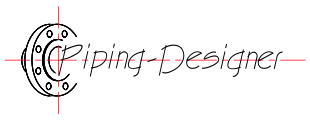Thrust Force for a Rocket Engine
Thrust Force for a Rocket Engine formula
|
||
| \( F \;=\; \dot m_f \cdot v_e + \left( p_e - p_a \right) \cdot A_e \) | ||
| Symbol | English | Metric |
| \( F \) = Thrust Force | \(lbf\) | \(N\) |
| \( \dot m_f \) = Mass Flow Rate of the Exaust | \(lbm \;/\; sec\) | \(kg \;/\; s\) |
| \( v_e \) = Exaust Velocity | \(ft \;/\; sec\) | \(m \;/\; s\) |
| \( p_e \) = Exaust Pressure | \(lbf \;/\; in^2\) | \(Pa\) |
| \( p_a \) = Ambient Pressure | \(lbf \;/\; in^2\) | \(Pa\) |
| \( A_e \) = Exit Area of the Nozzle | \(in^2\) | \(mm^2\) |
Thrust force in a rocket engine, abbreviated as \( F \), is the propulsive force generated by expelling high-speed exhaust gases from the engine’s nozzle, based on Newton’s third law of motion. When a rocket engine combusts fuel and oxidizer in its combustion chamber, the resulting high-pressure, high-temperature gases are accelerated through a constricted throat and expanded out of the nozzle at supersonic speeds. This rapid expulsion of mass in one direction produces a reactive force thrust that propels the rocket in the opposite direction. The magnitude of thrust depends on factors like the mass flow rate of the exhaust, the velocity at which it exits the nozzle, and the pressure difference between the exhaust and the surrounding environment. For example, in a vacuum, thrust is higher because there’s no atmospheric pressure counteracting the exhaust. Thrust is typically measured in newtons or pounds-force and is critical for overcoming gravity, atmospheric drag, and achieving the necessary velocity for space travel. The design of the nozzle, the type of propellant, and the engine’s efficiency all play significant roles in determining the thrust force produced.

